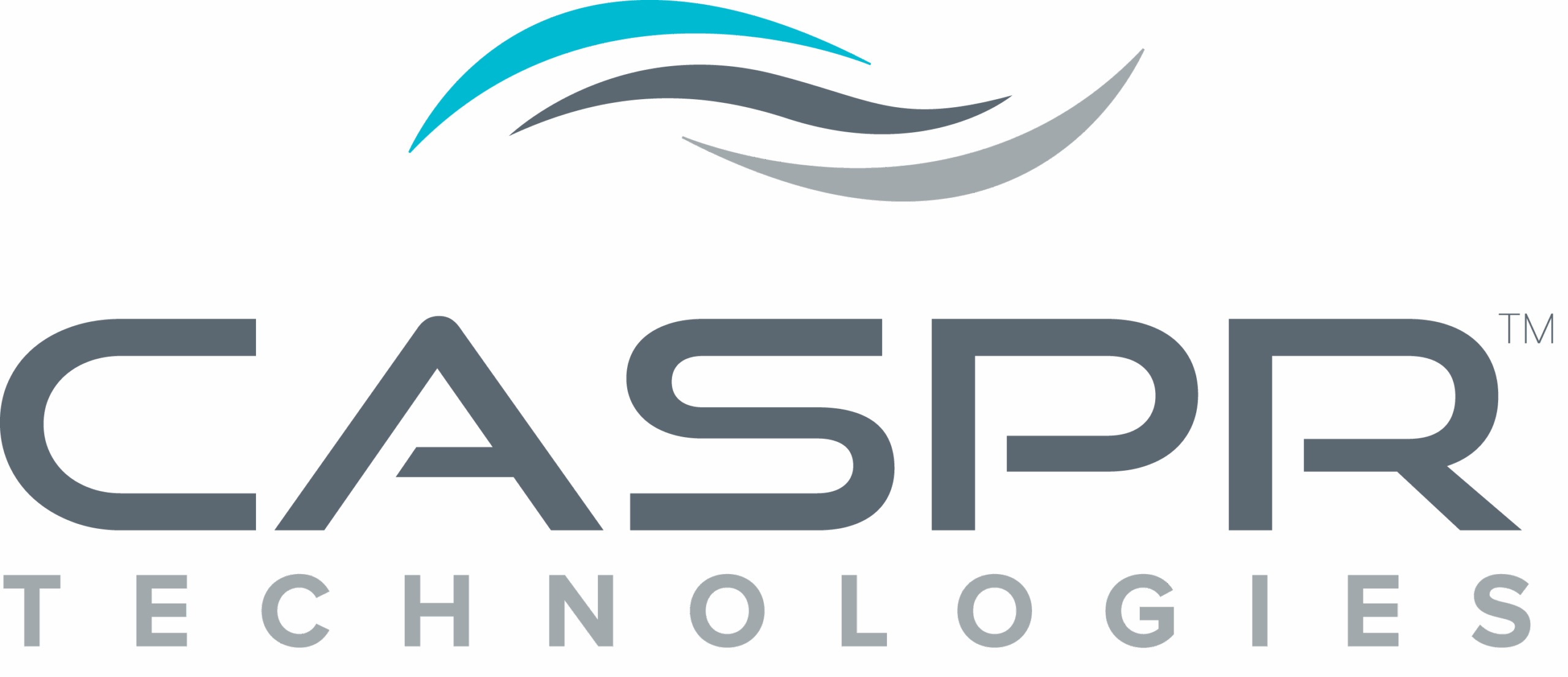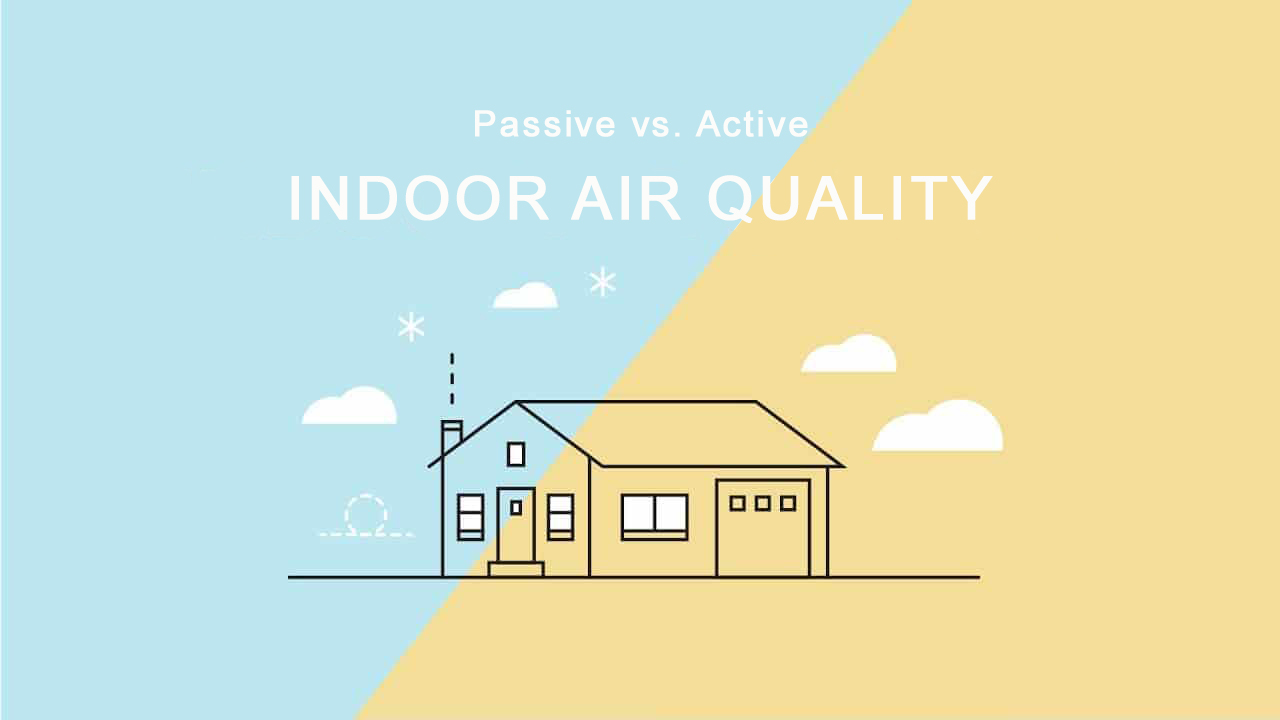When faced with a physical confrontation, there are two instinctive choices: stand your ground and engage or create distance and defend. This same dynamic plays out in the ongoing battle of bettering indoor air quality (IAQ), where we can choose between either a passive or an active approach to air purification. Which approach are you relying on to protect your space?
The Passive Defense: Traditional Filtration
Most IAQ solutions rely on passive methods, with air filters being the cornerstone of traditional air quality management. High-quality filters excel at trapping airborne particles that could otherwise harm our health. However, this approach comes with inherent limitations:- Particles must remain airborne long enough to reach the filter
- Air flow patterns in real-world spaces are rarely uniform
- Furniture, equipment, and people create “dead zones” where contaminated air can stagnate
- Particles may settle on surfaces before reaching filtration systems
The Active Offense: Modern Oxidation Technology
Enter the new generation of active air purification systems. These advanced solutions don’t wait for contaminants to come to them – they go on the offensive. Here’s how:- Active systems generate gaseous hydrogen peroxide that circulates throughout the space
- These oxidizers seek out and neutralize pathogens both in the air and on surfaces
- The gas penetrates every corner of the room, reaching areas that traditional air flow patterns miss
- Contaminants are attacked at their source, rather than waiting for them to enter the filtration system

